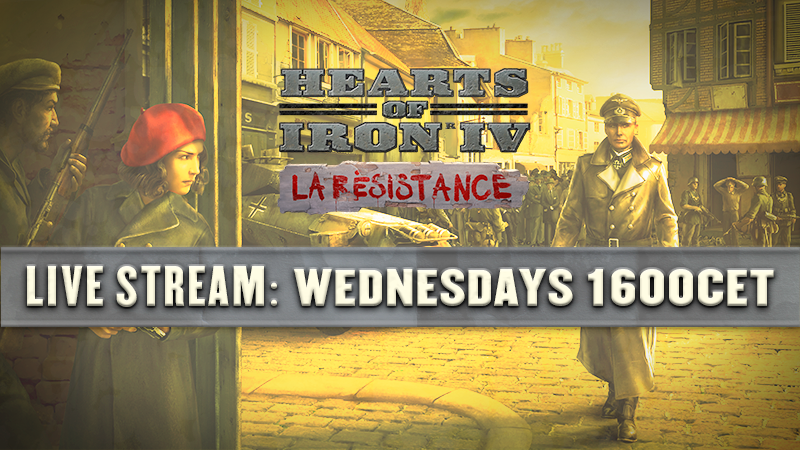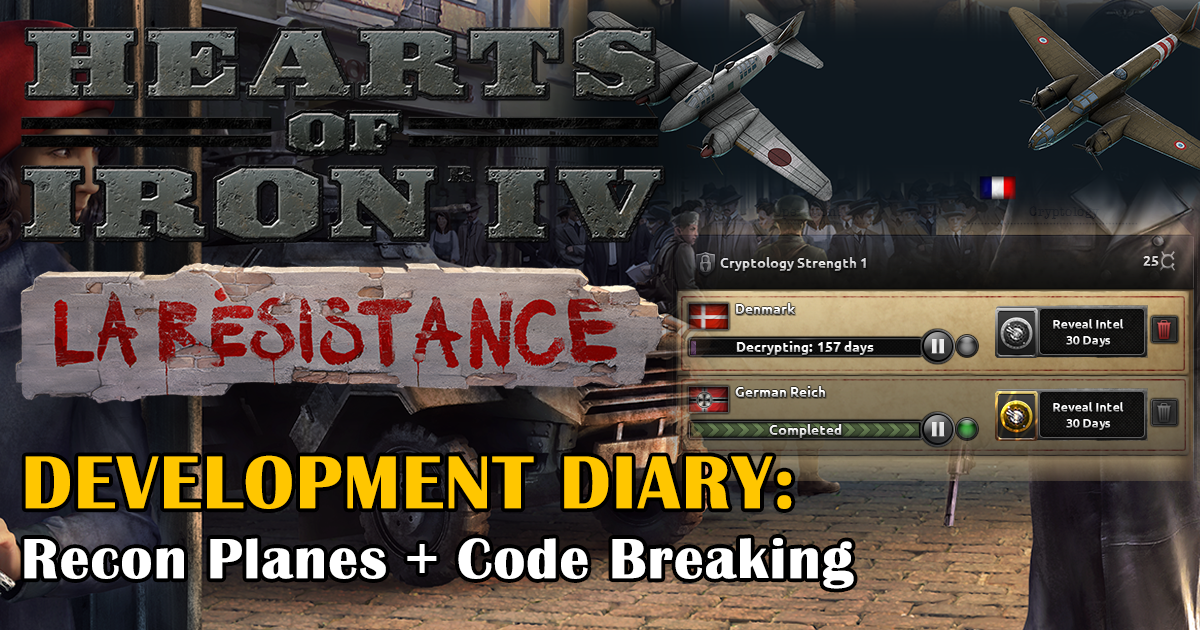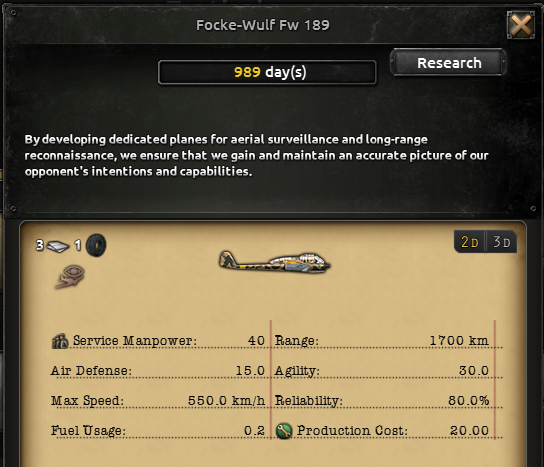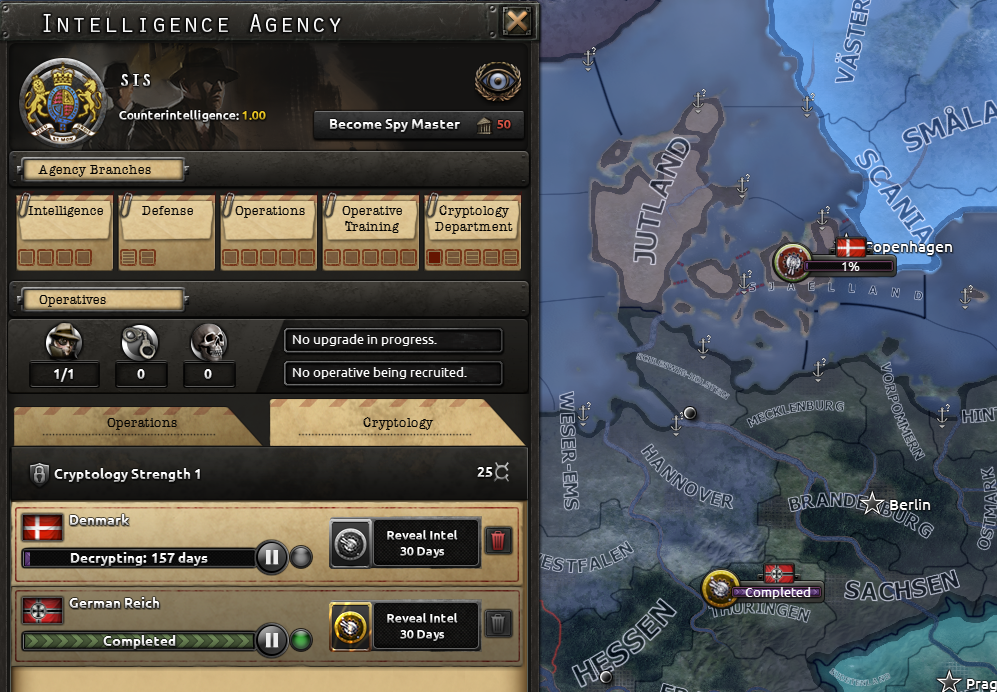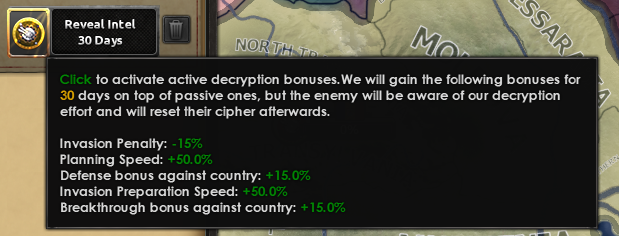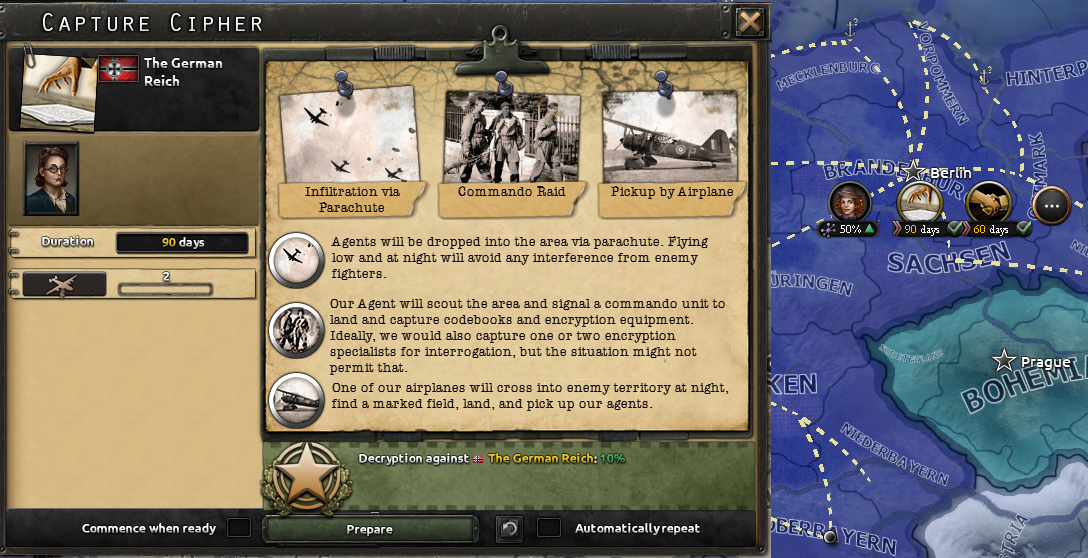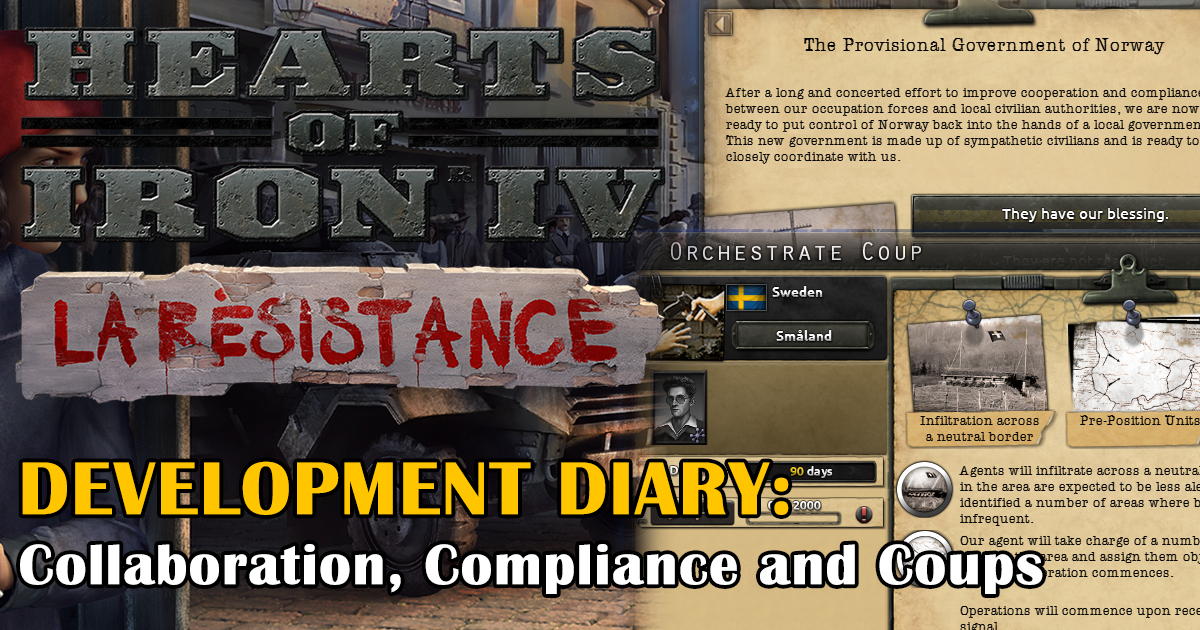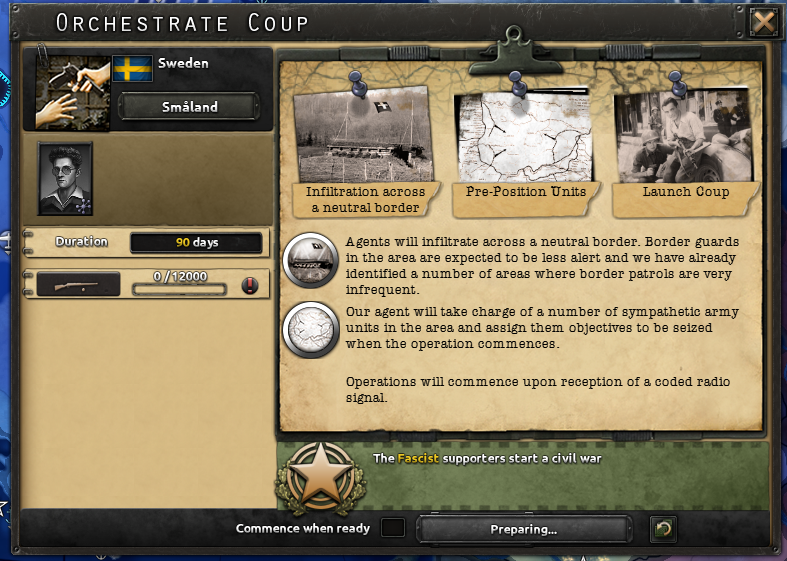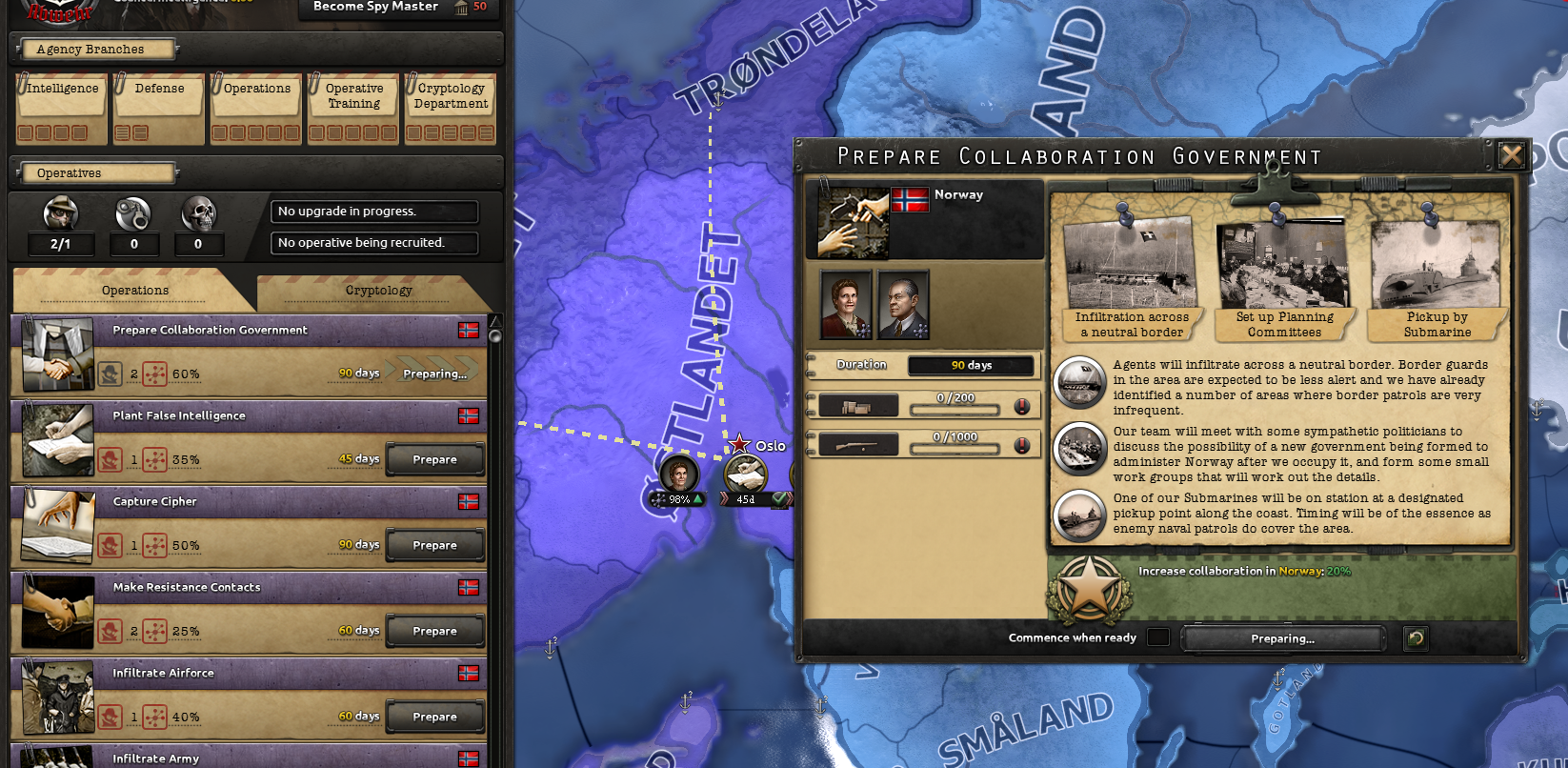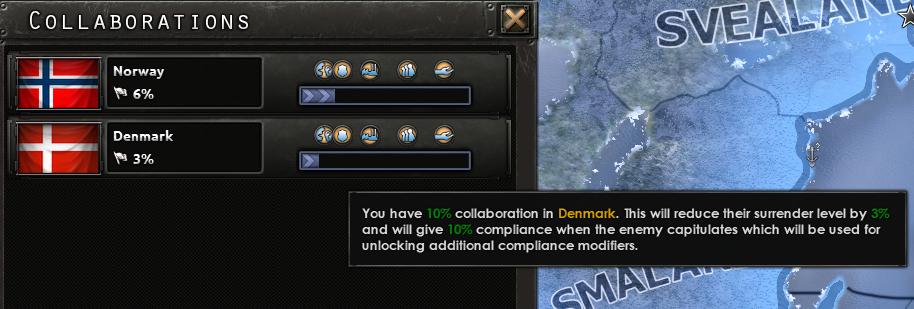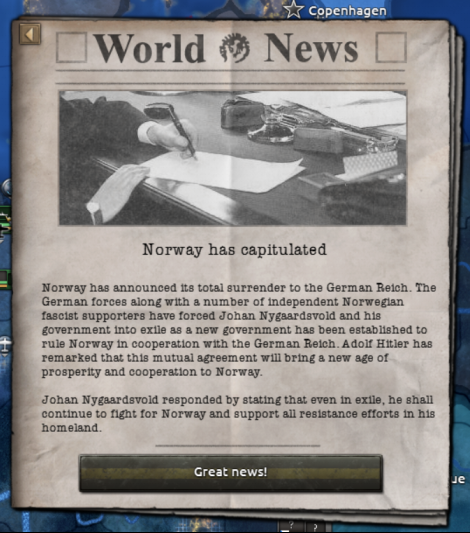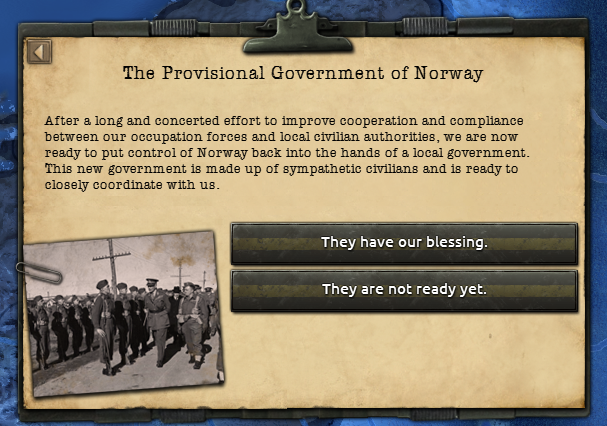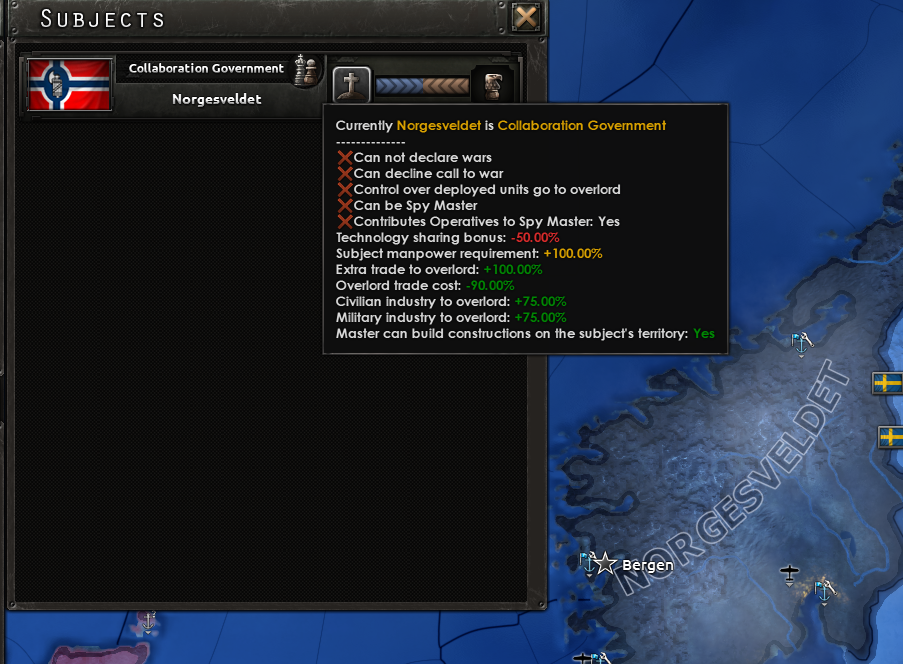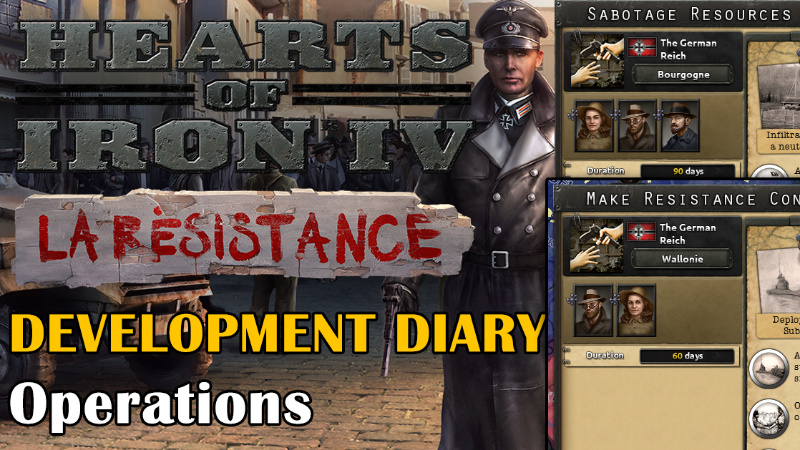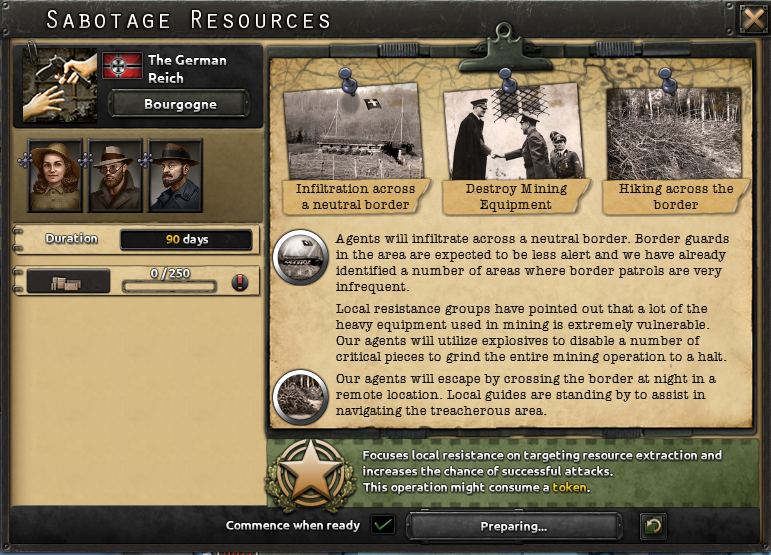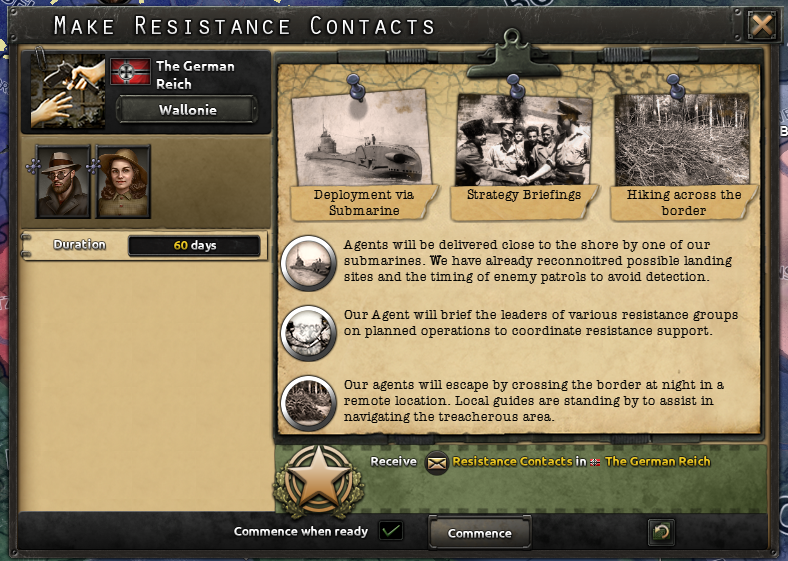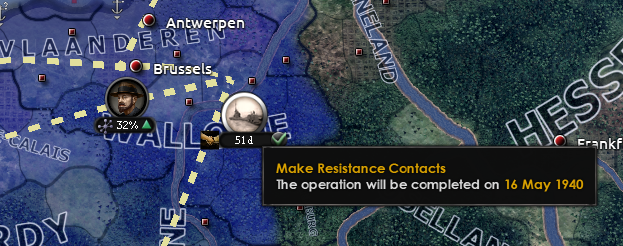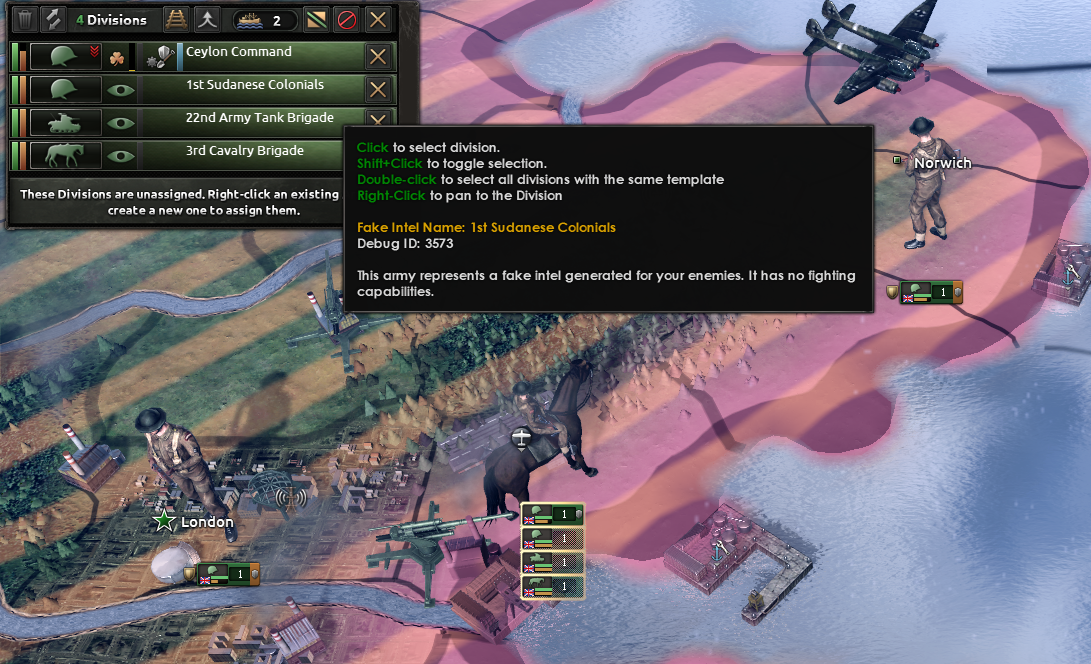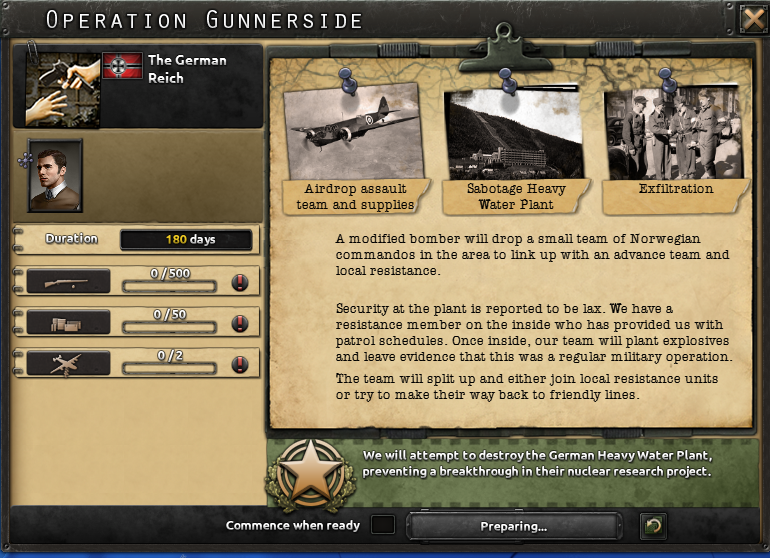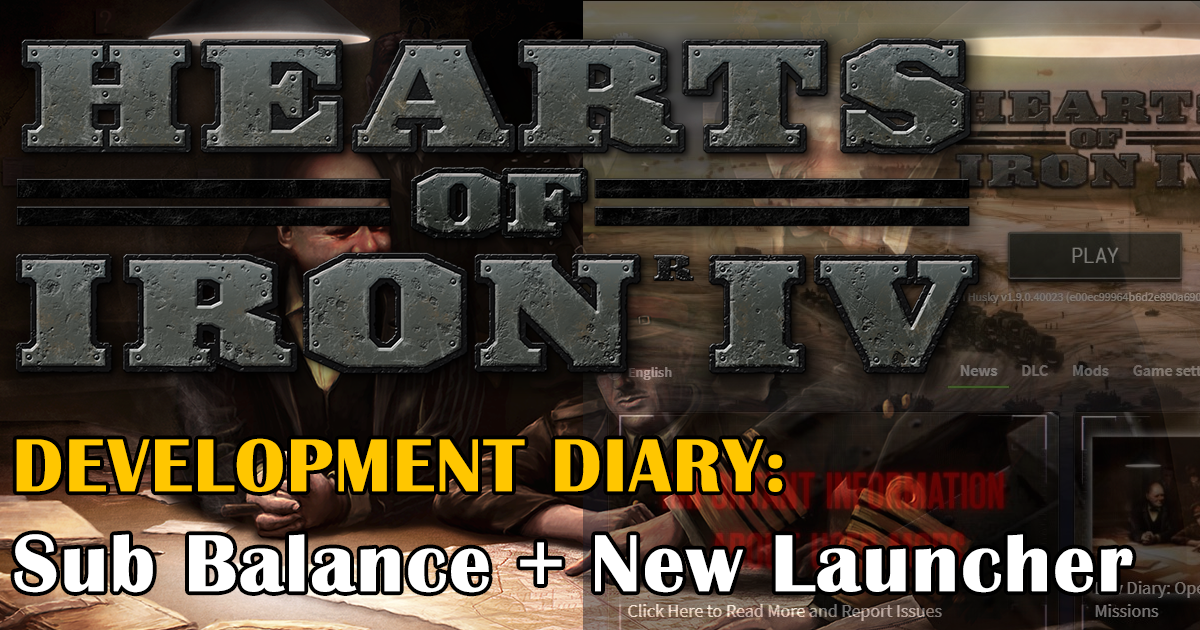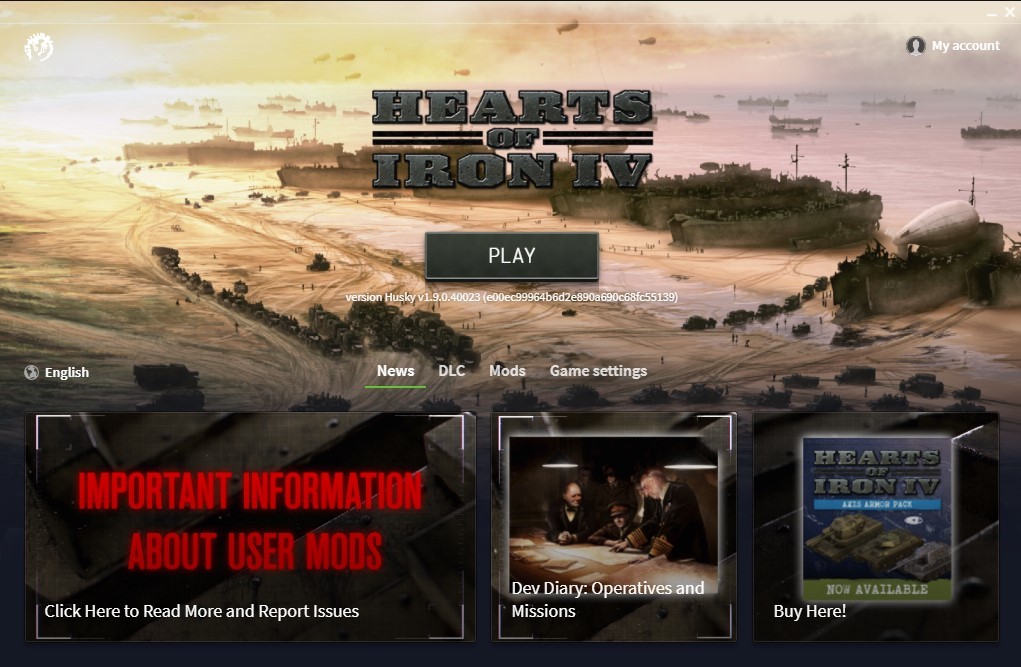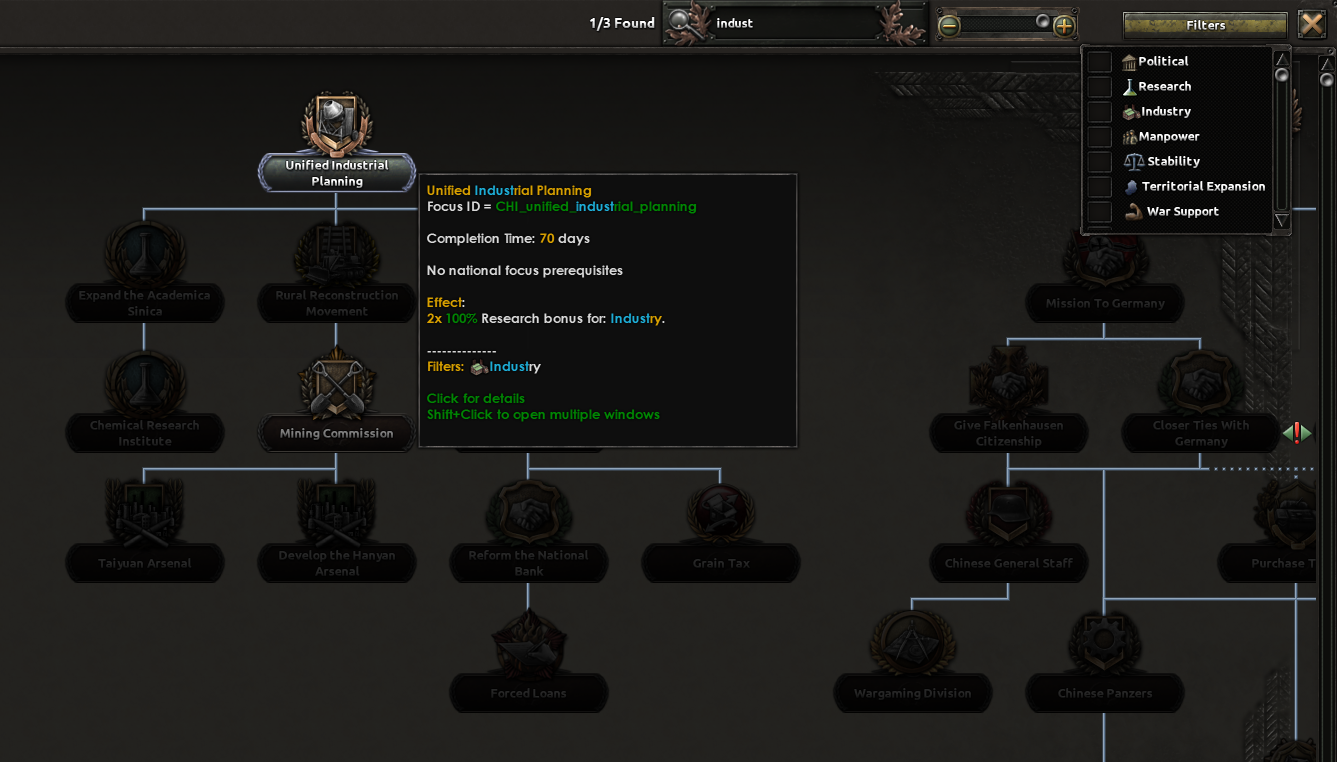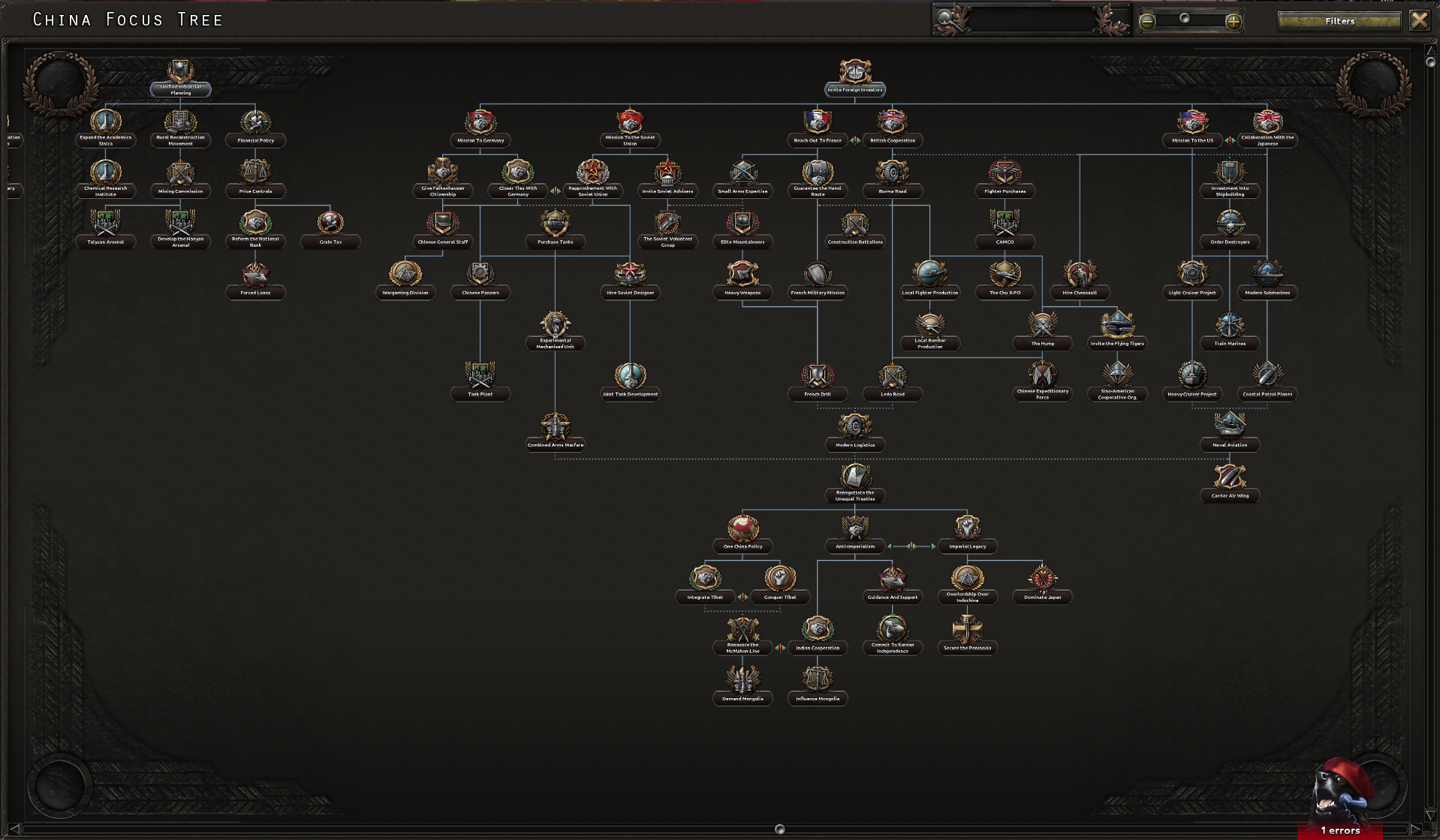
Dec 11, 2019
Hearts of Iron IV - Addaway
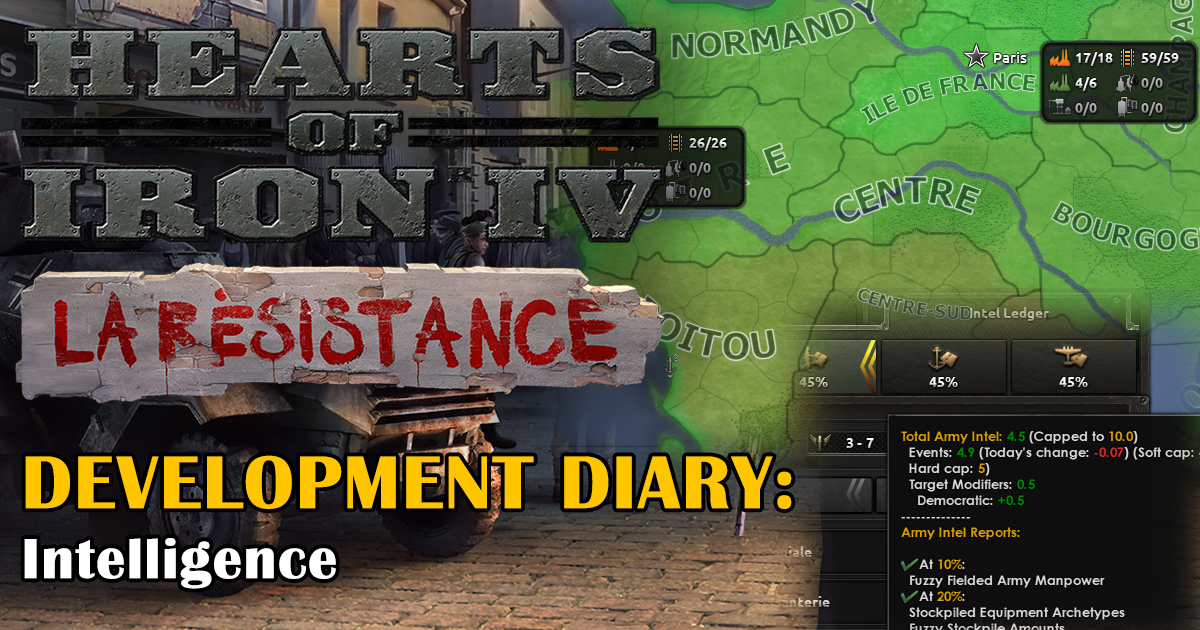
Today's Development Diary by Podcat
Hi everyone! Next to last dev diary before christmas, and today we are going to talk about intel. We have been talking about ways to get intel a bit in previous diaries, like code cracking, scout planes and spies but not really talked about the system as a whole. So lets get to it!
Before intel was based essentially on comparing two nations crypto tech levels and it was a flat value covering everything. To make this more interesting we are splitting it into 4 separate values: Civilian/Industry Intel, Army Intel, Navy Intel, Air Intel. These affect what you can see in our new intel ledger, that replaces the little intel bit in the diplomacy interface from before for people with La Resistance:
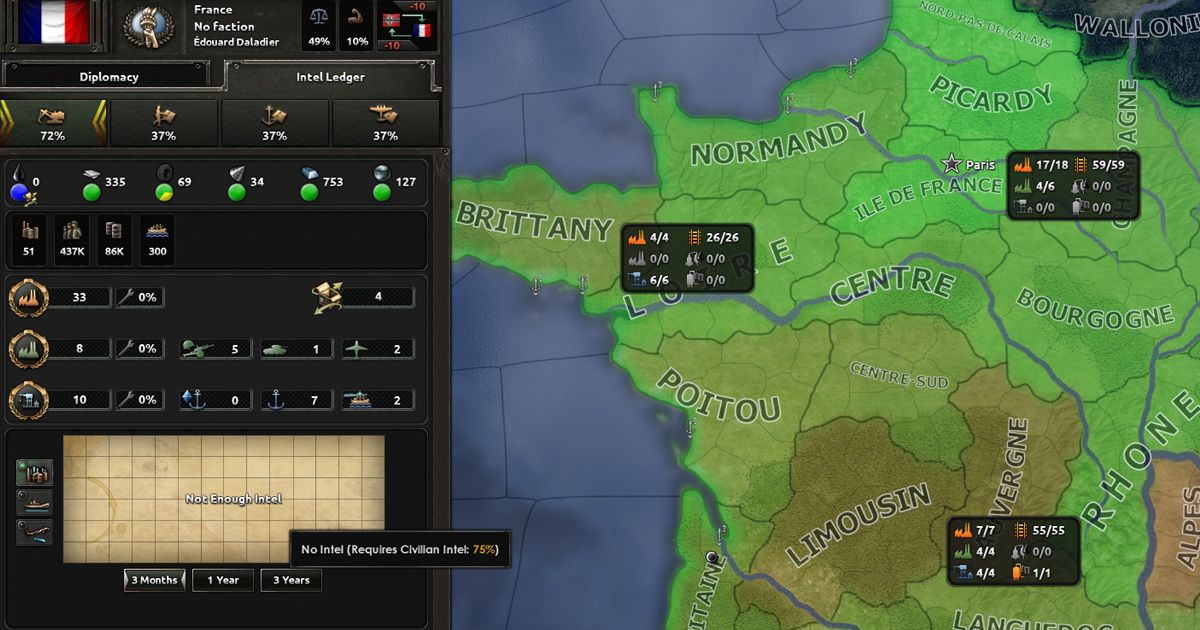
Each of the tabs cover each type of intel (here we have civilian/industry selected), and they also come with mapmode information. As an example in the one above we aggregate building values as you zoom out (if you zoom in you see the same by state). This can help you when figuring out where to bomb or where and what kind of sabotage can be most effective.
The more intel you have the more information is displayed, we break down the levels in a tooltip per category:
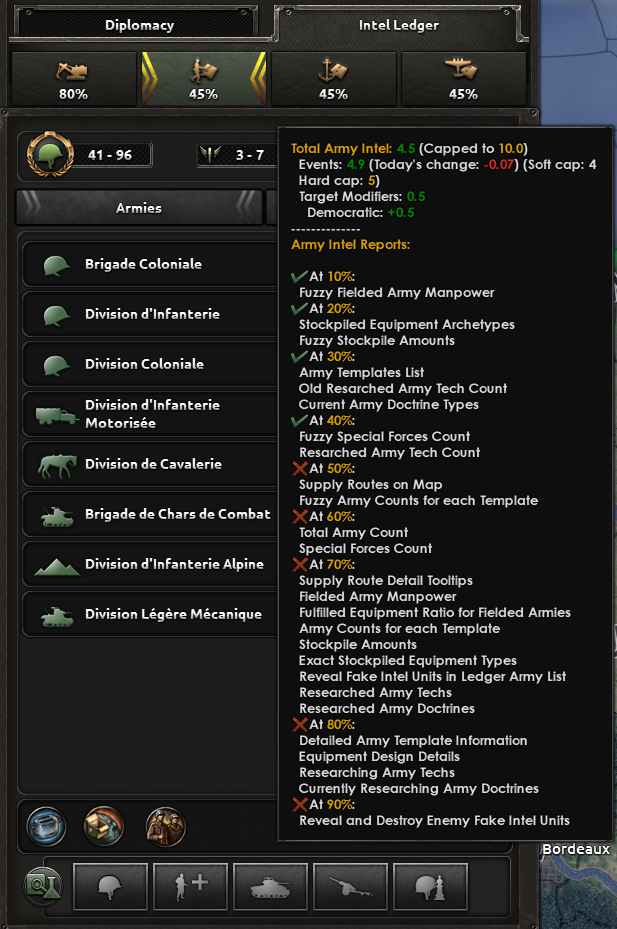
So right now I can see how many army techs have been researched, but not specifically which. That requires 70% but then you can look at their tech tree. If I had 5% more I could see roughly how many of each division template the other nation had. At the moment I can only see that they exist but no real info about what they contain.
The army intel tab also lets you get a breakdown of the enemy stockpile of equipment.
Naval and air are similar:

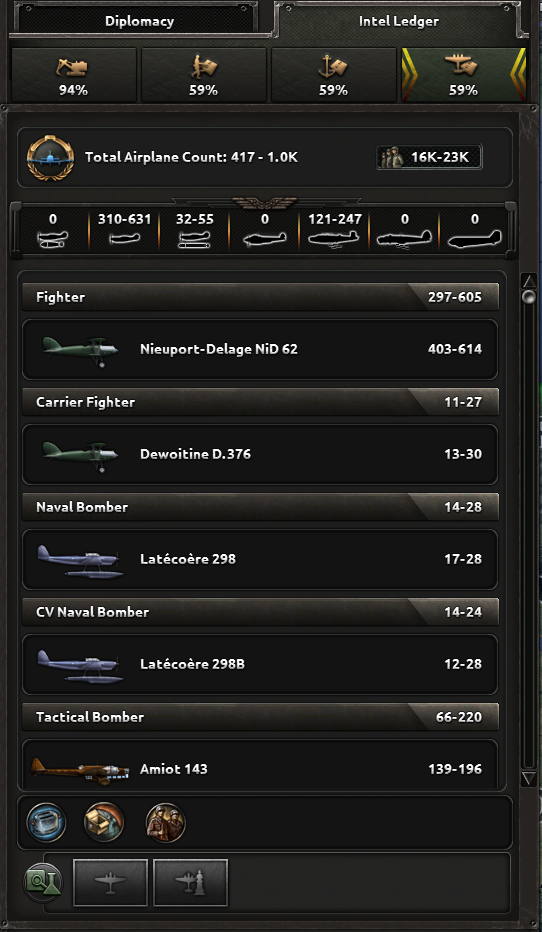
Naval intel mapmode is quite powerful and at high intel levels will let you see where the enemy is placing certain missions

Intel can come from many different sources, for example:
- Spy networks
- Infiltrated spy assets
- Captured enemy spies
- Radar
- Broken Ciphers
- Scout planes
- Fighting the enemy in land combat
- Fighting the enemy in air combat
- Fighting the enemy in naval combat
And probably some I forgot.
Each source has a max it can contribute and may affect different intel values in different ways. For example if you have a spy network over the enemies coast, or scout naval areas with traffic you will get more naval intel. Each source also decays over time so its important to actively do things to keep your intel levels current and make sure you combine many sources to get as much intel as possible.
Here I have multiple sources:
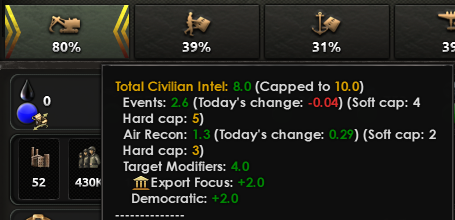
Do note that the biggest chunk here is me doing some quick events with rewards of intel to cheat my way to quick screenshots ;). Also note that simply being democratic and having open trade laws make hiding the civilian part of your intel hard.
Knowing what kind of build strategy, templates, tech and stockpile an enemy has can be very useful allowing you to counter and attack them in the best way possible, but there is also direct advantage from relative intel which replaces the crypto level comparison from before.

See you next week for more cool stuff, and don't forget to tune into twitch at 16:00CET where we will be showing of France for the first time (aka watch Daniel accidentally leak stuff).




